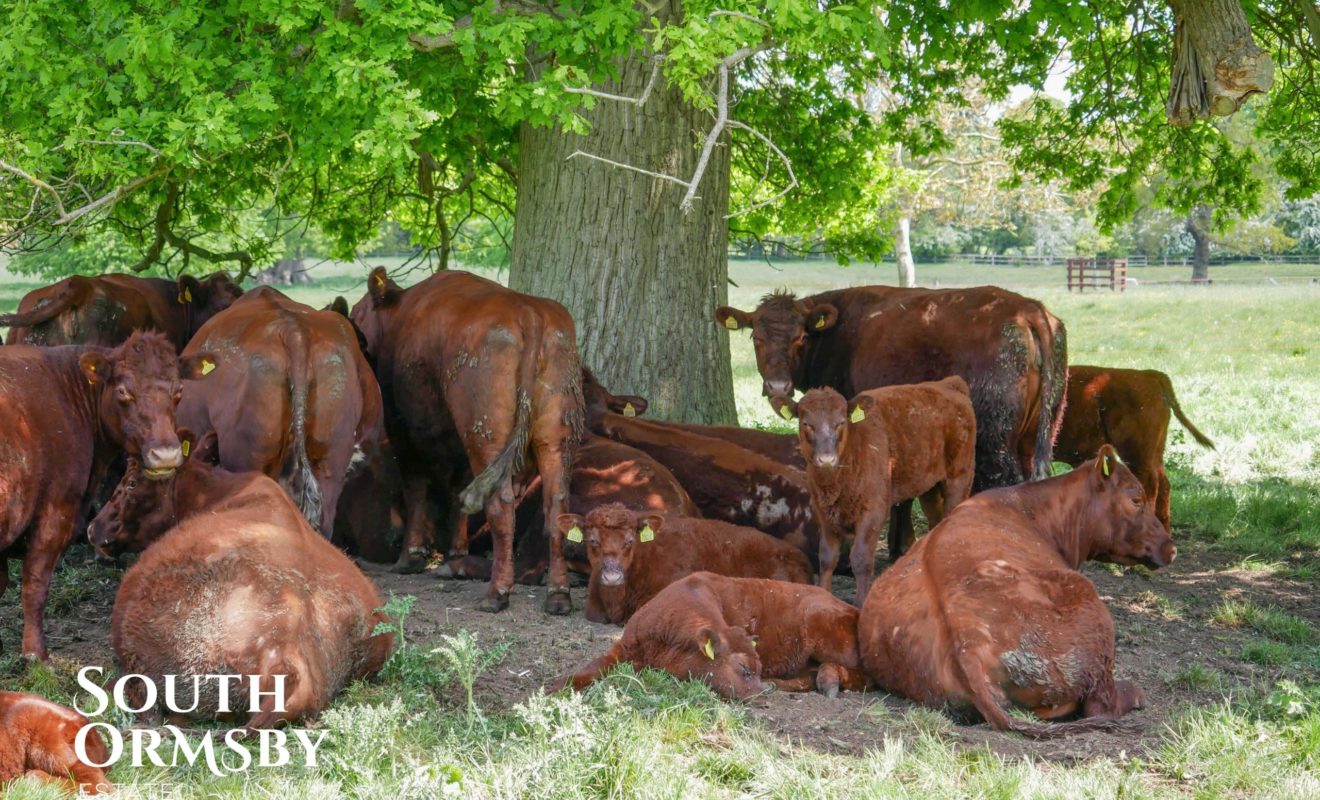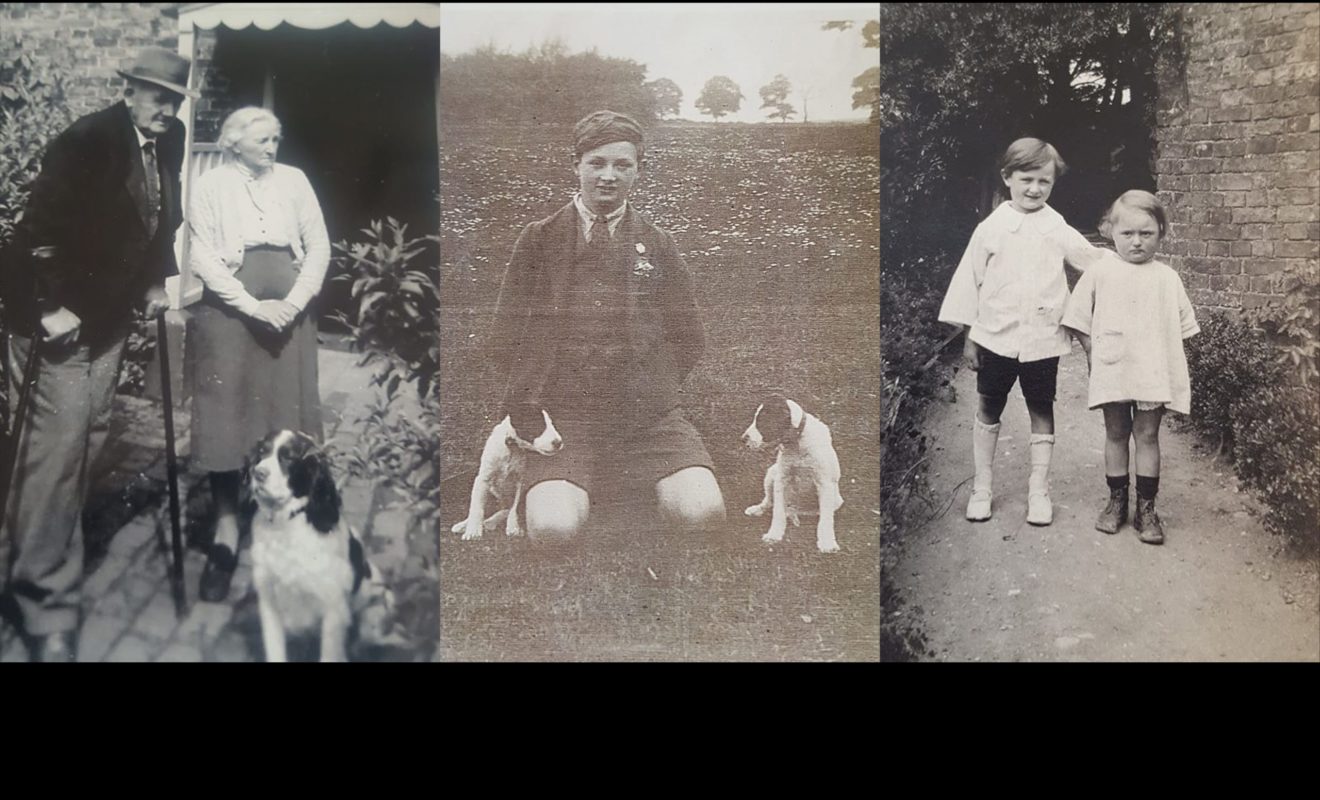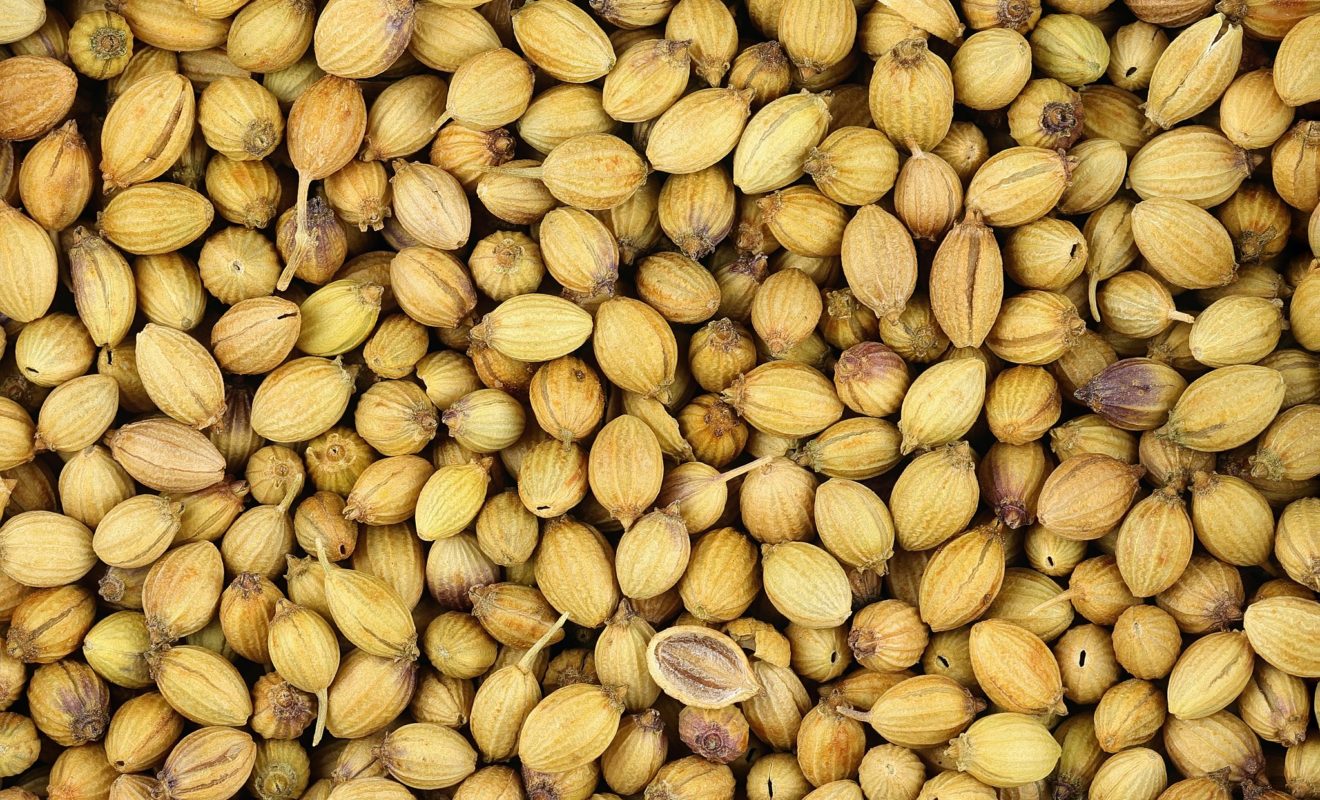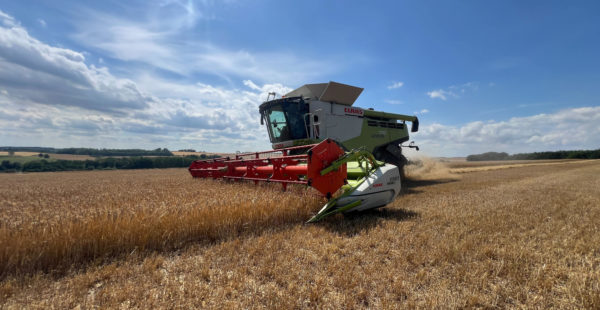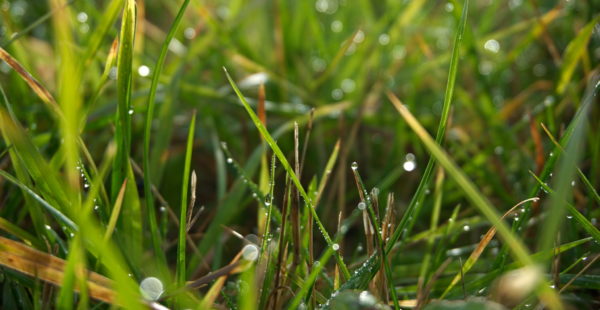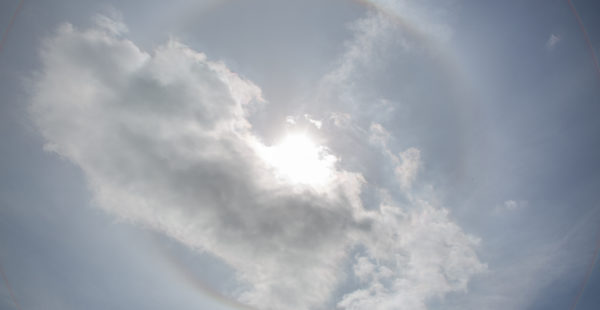A Week on the Estate: Cuckoo Calling, Kissing Gates & Coriander Seeds
Last week gave us a frosty morning or two, while this week gave us afternoons in the mid-high twenties. With meteorological summer only ten days away, the winter barley is coming out in ear, the Lincoln Red calves are learning the value of big, shady trees, and Paul and Tristan recorded a welcome if elusive visitor from Africa: the cuckoo.
In the fields, we had a drainage pipe blocked by tufa – carbonate precipitating out of water and forming limestone. The hard-working team from J.E. Spence & Son inserted a new pipe below the old one, running it under the road to emerge on the other side. It was a great relief to see the water flowing again.
The newly planted trees in Furze Close are making the most of the sunshine, but a drop of rain would be greatly appreciated across the estate. We’ve installed several kissing gates on a public right-of-way to aid walkers, young and old. Ketsby Sawmill have once again helped us to make fine use of estate timber.


